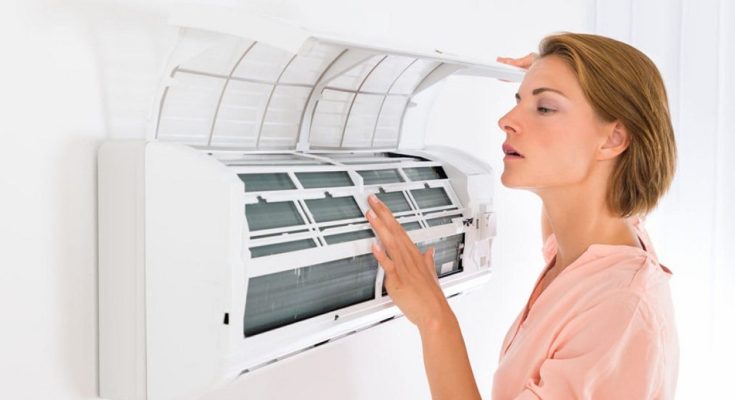Fire and smoke actuators are fundamental components in the safety infrastructure of modern buildings. They are designed to automatically control the flow of air, effectively managing smoke in the event of a fire. This can significantly improve safety by containing smoke and toxic fumes to specific zones, enhancing the chances for occupants to evacuate safely. Providers like Blackhawk supply are pivotal in supplying high-quality actuators that are essential for building safety.
How Fire and Smoke Actuators Function
Fire and smoke actuators integrate into a building’s HVAC system and are crucial for controlling air dampers during emergencies. They operate by receiving signals from the fire alarm system, which then triggers the actuators to either open or close the air dampers. This action helps to prevent the spread of smoke and fire by regulating airflow, thereby isolating or venting smoke-filled or fire-affected areas.
- Automatic Operation: In the event of a fire, the actuators automatically adjust the dampers without human intervention, which is crucial during chaotic and dangerous situations.
- Regular Maintenance and Inspection: To ensure reliability, these actuators require regular checks, as their failure could be catastrophic in emergency situations.
Installation and Compliance
Installing fire and smoke actuators involves a rigorous process that adheres to local safety regulations and standards. These standards ensure that the actuators are installed correctly and function as intended during emergencies. Technicians who perform these installations are specially trained to handle the complexities associated with integrating these systems into existing building infrastructures.
- Code Compliance: Installation of fire and smoke actuators must comply with national and local building codes to ensure functionality and legal adherence.
- Professional Installation: Due to the critical nature of their function, these devices must be installed by qualified professionals who understand the intricacies of building safety systems.
The Role of Technology and Innovation
With advancements in technology, fire and smoke actuators have become more sophisticated. Modern actuators are equipped with sensors that provide real-time feedback on their status and functionality, which can be monitored remotely. This allows maintenance teams to address any issues before they become problematic, thereby enhancing the reliability of safety systems.
Bolded innovations include the Belimo FSLF120, which represents a significant advancement in actuator technology. This specific model, available at Belimo FSLF120, is designed for reliability and precision, ensuring that dampers perform correctly during critical moments, thereby safeguarding both property and lives.
Advancements in Safety Protocols
As buildings become taller and more complex, the role of advanced fire and smoke actuators grows increasingly critical. These devices not only need to perform flawlessly but must also integrate seamlessly with other building management systems to ensure comprehensive safety coverage.
- Integration with Building Management Systems: Modern actuators are often part of a larger building management system that can automate several safety measures based on the data received from various sensors throughout the building.
- Future Trends: The future of building safety lies in the integration of AI and machine learning, where systems can predict and react to potential emergencies automatically, with minimal human oversight.
The continued innovation and implementation of robust fire and smoke actuators are vital in maintaining the safety and integrity of modern infrastructures. Companies like Blackhawk supply are at the forefront of providing the technology that makes modern buildings safer and more resilient against the threat of fire and smoke. As these technologies evolve, they form a critical component of the proactive measures needed to protect buildings and their occupants from unforeseen disasters.




